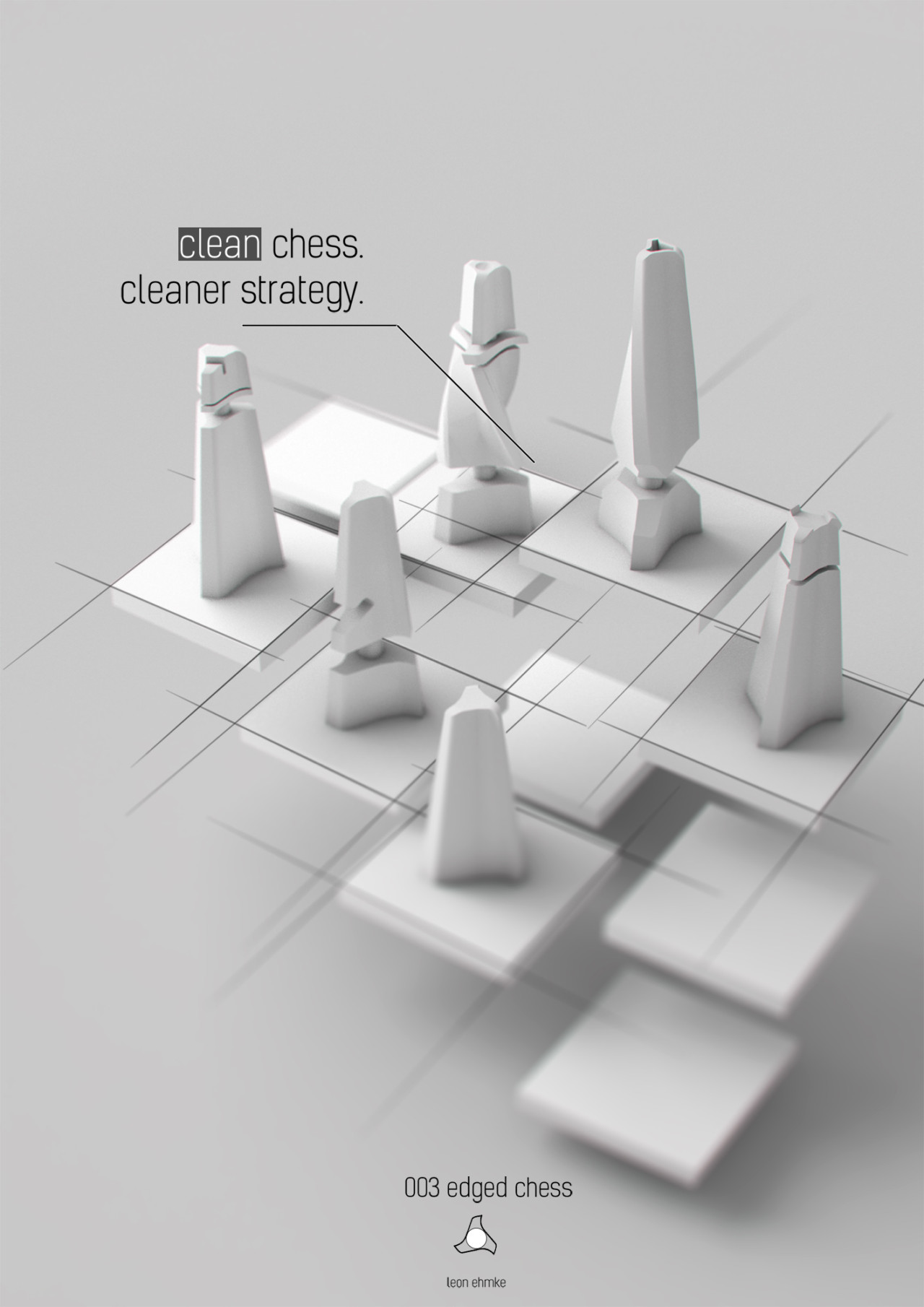3D printing chess pieces is nothing new. However, it does make a great class exercise to teach students about parametric design. At the University of Arts in Braunschweig (HBK), students were tasked with designing a full set of chess pieces using Grasshopper, a Rhino plugin that uses parametric design, in their first-year Digital Crafting class.
To understand just why chess pieces are well-suited for this assignment, let’s do a quick brush-up on what this 3D modeling term means. Parametric design is pretty much what it sounds like; using algorithmic thinking, designs are created through determining a set of parameters. Basically, it’s convenient for creating and visualizing variations of one design — and the number of possibilities is infinite! For those intrigued, this Tutorial Tuesday post walks us through how to get started with Grasshopper and shows more examples of parametric designs.
So it makes a whole lot of sense to teach this concept of design when asking your students to 3D design a chess set, considering that that means creating six different pieces that belong to one set. This allows students to experiment and study how setting parameters forms variants.


Courtesy of Design Crafting
First, students laser-cut thin layers of cardboard to physically realize a prototype of one of their chess pieces. The layers were then combined, in a very manual version of the additive manufacturing process that’s core to 3D printing. For the design chosen as the favorite of the class, the pieces were then 3D printed at Shapeways:

Courtesy of core77
The result is a super-slick, modern interpretation of the ancient strategy board game. The chessboard is a laser-cut 8mm-thick piece of acrylic with milled indents for the black and white tiles. Using this chess set does require memorization of what each piece represents, since they lost most of their resemblance to the standard chess pieces, aside from the relative proportions.
Now, at this point, you’re probably thinking that your coffee table is looking a little empty without its own amazing chess set. The great thing about 3D printed chess sets is that being a student at HBK isn’t a prerequisite to making one. Neither is being an expert at parametric design. You simply need to brainstorm some ideas to get you going (and for 3D modeling guidance, take a look at our Tutorial Tuesday series). For example: this 3D printed chess set is designed specifically to show you how each chess piece moves.
If you’re perusing or purchasing, you’re in luck because, thanks to 3D printing, it has never been easier to find a chess set to suit even the most unusual tastes. There are more creative sets out there than ever, many of which are available in our Marketplace. Typographical chess set? Check. Political figures as chess pieces? Check. (Pun intended.) Have you ever, by chance, desired cosmological surrealist chess? Take a gander at this intricate set “Hyper Surreal Fractalic Mythical Chess Set” based on the designer’s own artwork:
Of course, 3D printing, just like parametric design, has infinite possibilities in tabletop gaming, which is a huge community here at Shapeways. We are never short on 3D printed dice and Settlers of Catan pieces.
If you’re a student reading this and you are just itching to get on Grasshopper and design your own parametric chess game, take note that all students receive a 15% discount on Shapeways. If you are passionate about 3D printing and are exploring creative new possibilities, definitely check out the $1000 grant offered only to students. There are two application deadlines throughout the year, October 31 and March 15.





